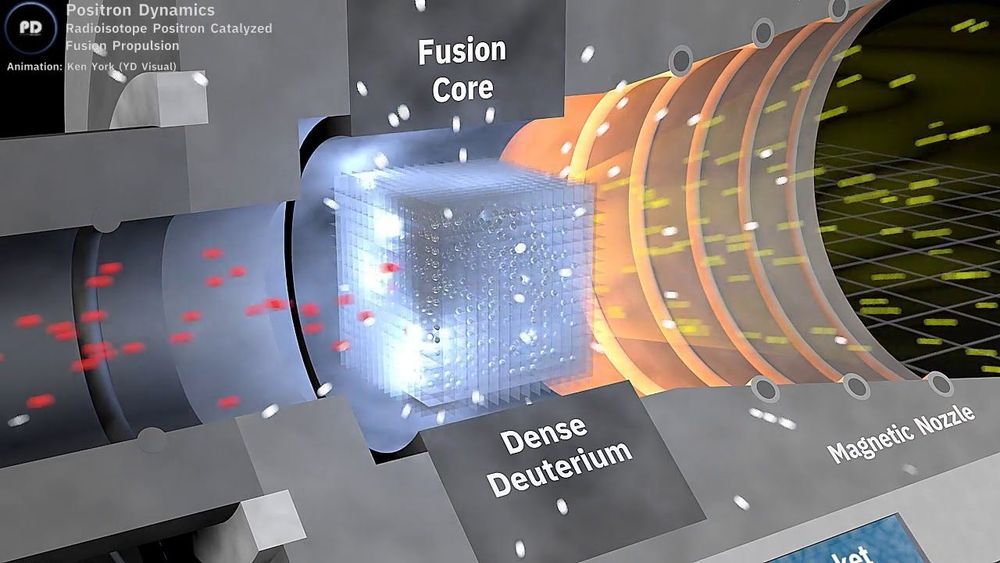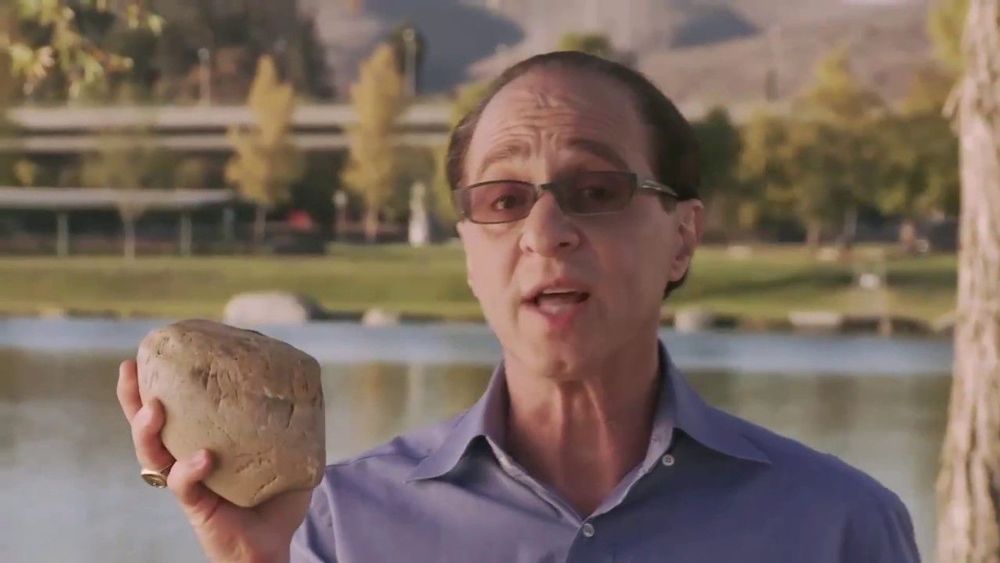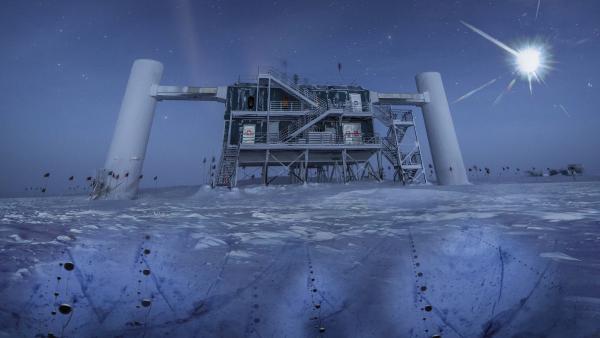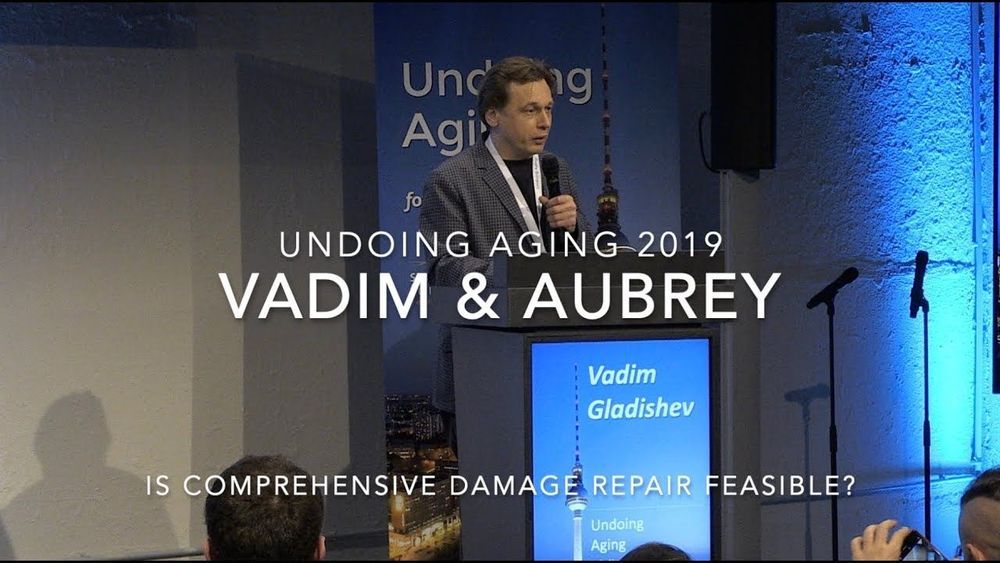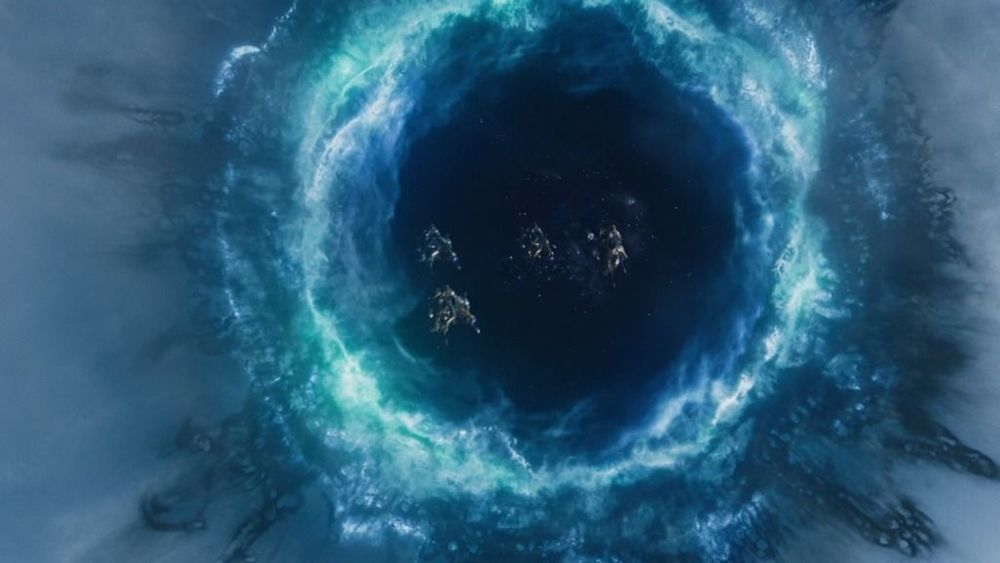
With a quantum coprocessor in the cloud, physicists from Innsbruck, Austria, open the door to the simulation of previously unsolvable problems in chemistry, materials research or high-energy physics. The research groups led by Rainer Blatt and Peter Zoller report in the journal Nature how they simulated particle physics phenomena on 20 quantum bits and how the quantum simulator self-verified the result for the first time.
Many scientists are currently working on investigating how quantum advantage can be exploited on hardware already available today. Three years ago, physicists first simulated the spontaneous formation of a pair of elementary particles with a digital quantum computer at the University of Innsbruck. Due to the error rate, however, more complex simulations would require a large number of quantum bits that are not yet available in today’s quantum computers. The analog simulation of quantum systems in a quantum computer also has narrow limits. Using a new method, researchers around Christian Kokail, Christine Maier und Rick van Bijnen at the Institute of Quantum Optics and Quantum Information (IQOQI) of the Austrian Academy of Sciences have now surpassed these limits. They use a programmable ion trap quantum computer with 20 quantum bits as a quantum coprocessor, in which quantum mechanical calculations that reach the limits of classical computers are outsourced.
Read more
